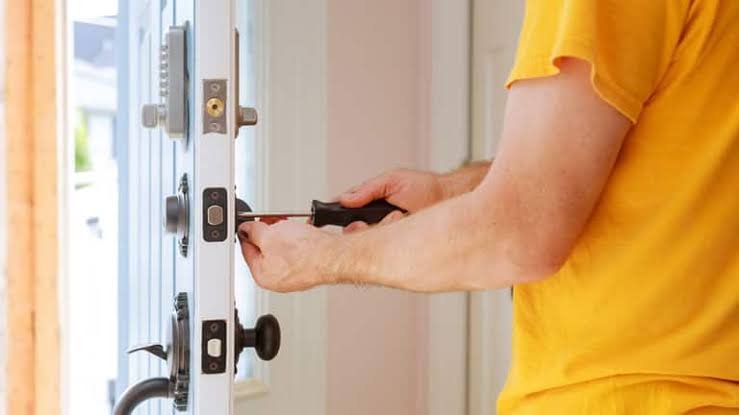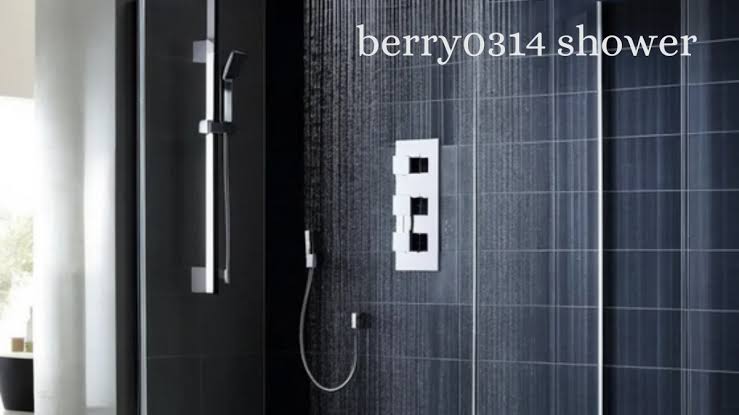Rekeying vs Changing Locks: What’s the Difference?

Are you confused about the difference between rekeying and changing locks? You’re not alone. In the realm of home security, the terms rekeying and changing locks are often used interchangeably, yet they represent two distinctly different processes. Each method serves a unique purpose in enhancing the security of your home. Understanding these differences is essential in making informed decisions about safeguarding your property.
What is Rekeying
Rekeying a lock involves altering the internal configuration of the lock mechanism to work with a new key. For rekeying to be done properly, a professional locksmith must first disassemble the existing lock and remove all of its internal components. Then, rearrange the pins and springs, adapting them to a new key while keeping the original lock body intact. The process is commonly used when people move into new homes or offices and want to make sure their locks are secure.
Pros of Rekeying
- Cost-effective – Generally cheaper than replacing the entire lock, rekeying is an economical solution for updating your home security.
- Quick and convenient – This process is typically faster and less disruptive than replacing the whole lock, making it a suitable option for immediate security needs.
- Maintains existing hardware – If you’re satisfied with your current lock’s style and function, rekeying allows you to keep it while updating the key.
Cons of Rekeying
- Does not improve wear and tear – Rekeying won’t address issues like a worn-out lock mechanism or repair any physical damage to the lock.
- Limited security upgrade – It won’t add any modern security features that new lock models might offer, such as improved resistance to picking or bumping.
What is Changing Locks
Changing locks involves completely removing the old lock, including the knob, handle, and locking mechanism, and installing a brand-new lock in its place. You can choose from various types of hardware, such as deadbolts, knob sets, lever sets, keyless entry systems, and smart locks, depending on your budget and preferences.
When considering options for securing your vehicle, it’s essential to know the available services. For instance, having access to a reliable 24/7 Mobile Kia Key Assistance can be invaluable. This service ensures you get prompt help with key issues anytime, helping you avoid the stress of unexpected lockout situations and maintain the security of your vehicle efficiently.
Pros of Changing Locks
- Enhanced security features – New lock models often come with advanced security features and stronger materials, providing better protection against break-ins.
- Aesthetic upgrade – Offers the opportunity to update the look of your door hardware, aligning with home renovations or personal style preferences.
- Functionality improvements – New locks can include features like smart technology integration, keyless entry, or improved durability.
Cons of Changing Locks
- Higher expense – This method is generally more costly than rekeying due to the price of new hardware and potentially more complex installation.
- Time and effort – Replacing locks, especially sophisticated models like smart locks, can be more labour-intensive and may require professional installation.
Rekey and Change Locks: When to Do Each
Rekey for Key Control. Ideal when moving into a new house or after losing a set of keys, as it ensures no unauthorised person has access to your home.
Change Locks for Upgrade. If your locks are outdated or you’re seeking enhanced features like smart technology or higher-grade security, replacing them is the way to go.
Rekey for Simplification. If you have multiple locks with different keys and wish to streamline to a single key, rekeying is often the most efficient solution.
How to Rekey a Lock
Rekeying requires a specific set of tools and knowledge of lock mechanics. A locksmith will remove the lock from the door, disassemble it, and replace the old pins with new ones that match the new key configuration. It’s important to note that while rekeying is cheaper than replacing locks, it doesn’t always provide as much security as changing them out altogether. This is because when you rekey a lock, all you are doing is changing the key code—the internal components remain basically unchanged.
How to Change a Lock
Here’s how to change locks in a few simple steps:
- Start by disconnecting the existing lock from the door. Remove the screws that hold the old lock in place, then gently pull away from the door so you can gain access to its interior mechanism.
- Once you have access to the interior of the lock, take note of how it’s put together so you can replicate it when installing your new lock.
- After you understand how everything fits together, begin disassembling and removing all parts associated with your old lock (including any pins, springs, screws etc.).
- Place your new lock into the opening where your old one was located and begin reassembling all parts according to their original configuration using any notes or photos taken previously as a guide.
- Once everything has been put back together correctly and securely attached to the door frame, test out its functionality by inserting a key into it and turning it clockwise until engaged properly (you should hear a click sound).
Is It Possible to Do It Yourself?
DIY Rekeying. Attempting to rekey a lock yourself is possible with a rekeying kit. However, it requires precision and understanding of the lock’s internal mechanics. Mistakes can render the lock unusable.
DIY Lock Changing. More accessible for homeowners, especially those with basic mechanical skills. Advanced locks with complex installation requirements might still necessitate professional help.
Additional Considerations
Security Needs. Evaluate your security needs based on your neighbourhood, the value of possessions inside your home, and personal security preferences.
Lock Quality and Durability. Higher-quality locks offer better security but come at a higher price. Consider the balance between cost and the level of security provided.
Home Insurance Requirements. Some insurance policies have specific requirements regarding the type of locks installed. Upgrading locks might also qualify you for reduced premiums.
When Professional Help is Necessary
Complex Installations. For advanced locking systems, especially electronic or smart locks, professional installation ensures proper functionality and security.
Damaged Locks. If a lock is damaged or malfunctioning, a professional locksmith can assess whether repair or replacement is the best course of action.
Final Thoughts
Deciding between rekeying and changing locks depends on various factors, including your security needs, budget, and the condition of your current locks. While rekeying is a cost-effective solution for key control, changing locks offers a comprehensive upgrade in security, technology, and aesthetics. In any scenario, consulting with a professional locksmith can provide valuable insights and ensure that your home remains a secure and welcoming environment for you and your family.



